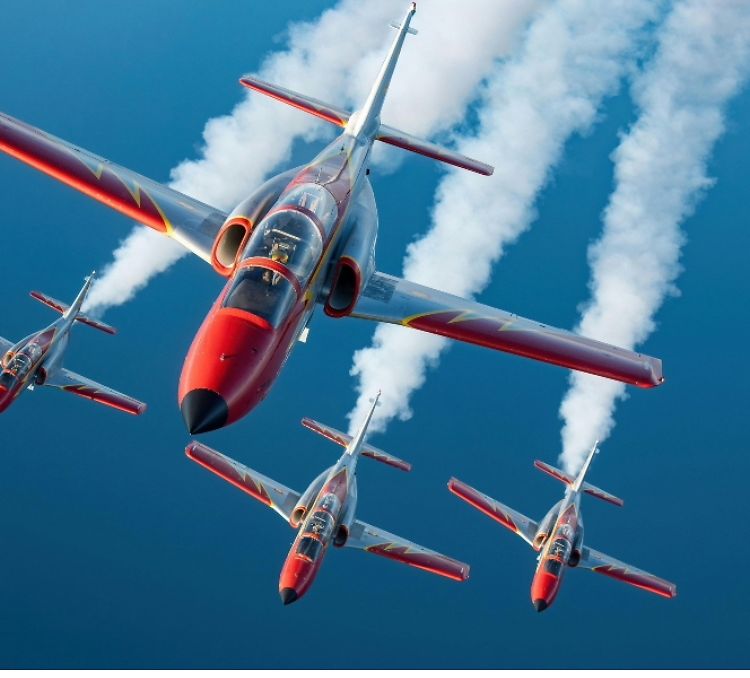After 40 years of powering Spain's Patrulla Águila's aerobatics, the C-101's journey will come to an end at the Aire25 exhibition. One of its pilots helps us understand the emotional significance of this iconic aircraft, recognisable to generations of Spaniards.
"The C-101 is much more than just an aircraft. With the exception of the last two graduating classes, all Spanish Air Force pilots have learned to fly in this aircraft, and it has been the Patrulla Águila's identity for four decades. A very special era is drawing to a close," says Lieutenant Óscar Sanz.
He is one of over a thousand military pilots trained in the CASA/Airbus C-101. Sanz and his Patrulla Águila teammates will fly the aircraft for the final time during the air display at the Aire25 festival, held at Murcia's San Javier air base on 14- 15 June 2025. Alongside flights by combat aircraft such as the Eurofighter, Aire25 will mark a milestone in the annals of Spanish aviation with the C-101's farewell.
The Whole is greater than the sum of its parts
The C-101 is 'retiring' with 285,000 training flight hours and over 500 displays under its wings. Sanz recalls his first steps with the Patrulla Águila: "As fighter pilots, we all have experience of flying in close formation, but at first, you don't believe you'll achieve it. The hardest part for me was the barrel roll [a complete 360-degree rotation on the aircraft's longitudinal axis]. You repeat it over and over... until I finally managed it, perhaps after 300 attempts!"
The C-101's flight envelope is broad enough to allow for a complete aerobatic display, while also offering a wide speed range. "The C-101 has a more limited engine than aircraft in other European aerobatic teams, but it compensates for this lack of power by feeling like an aircraft born to teach you how to fly. It is perfect for formation flying: we pilots say it's a very 'noble' aircraft," Sanz highlights.

The Patrulla Águila, directly inheriting from the earlier F-86 Sabre formation known as Patrulla Ascua, was established in 1985 and is based at San Javier Air Base in Murcia.
"Regardless of the aircraft, performing an air display always carries a certain risk: you fly at low altitude, in tight formations with aircraft in very close proximity. But we prepare everything meticulously, and the trust between us is absolute. After every flight, we always embrace each other. We call ourselves 'Team.' We help and critique each other as needed. We're friends in the air and on the ground." – Óscar Sanz
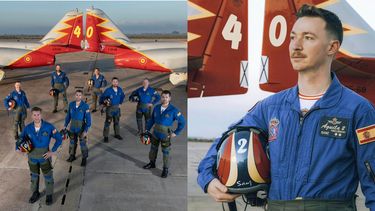
The Patrulla Águila (left): From the front row, and from left to right: Major Martín (Águila 0, leader); Lieutenant Sanz (Águila 2, right wing); Major Abad (Águila 1, lead); Captain Delgado (Águila 7, left opposing solo); Captain G. Marín (Águila 5, solo); Major Cruz (reserve); Major Márquez (Águila 4, slot); Captain Verjano (speaker.) Óscar Sanz (right) has been a member of the team for two years.
The 'noble' aircraft that became the 'Culopollo'
The C-101 is a two-seater jet featuring a low wing and a single engine. Its tandem double cockpit, with the rear seat elevated, is a configuration optimised for flight instruction, with nearly all controls duplicated in both cockpits.
The aircraft boasts a particularly reinforced landing gear, designed to withstand the structural stresses of basic instruction, and a high tail that prevents damage during landings with an excessive angle of attack. This high tail, positioned above the nozzle, is why Spanish pilots affectionately nicknamed it "Culopollo" (literally "Chicken's Butt"), a moniker that went viral within the military and among aviation enthusiasts. "I believe for most of us, 'Culopollo' is more than just a machine. All the pilots and mechanics are very fond of it; it has 'taught' us a great deal. It's something of a legend," says Sanz.
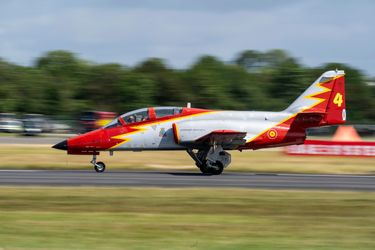
The C-101 first took to the skies on 27 July 1977 and entered service with the Spanish Air Force on 17 March 1980. The Patrulla Águila, initially comprising five C-101 aircraft, performed its inaugural flight on 4 June 1985.
From CASA to Airbus: the C-101 as a launchpad for Spanish aerospace
Developed by Construcciones Aeronáuticas SA (CASA), the C-101 represents a pivotal chapter in the history of what is now Airbus in Spain.
The concept for its development originated in the early 1970s. The aim was to find a successor for the T-33, T-6, and HA-200 Saeta, which were then in service as training aircraft across various Spanish Air Force units. "With the C-101, CASA and Spain made the leap to becoming a true independent designer and manufacturer of military jet aircraft, as all manufacturing until then had focused on licensed models," explains Ángel Sánchez, Head of Historical Heritage at Airbus in Spain.
In the aircraft's development, CASA collaborated with Messerschmitt-Bölkow-Blohm (MBB) from Germany and Northrop from the United States. The C-101's design emphasised simplicity, economy, and versatility. Its modular configuration has always facilitated maintenance and its adaptability to evolving training requirements through regular updates. "These principles of international collaboration and modularity, which the C-101 incorporated, later became hallmarks of major European aerospace consortia, such as Airbus," Sánchez highlights.
"The success of the C-101 contributed to Spain's strategic objective of reducing dependence on imported defence equipment and fostering the national defence industry, boosting the country's growing capacity to design and produce complex military aircraft indigenously." – Ángel Sánchez.

A total of 151 C-101 units were manufactured at Airbus Getafe. Of these, four served as development prototypes, 88 were acquired by the Spanish Air Force, and the remainder are currently in service with the Air Forces of Chile, Jordan, and Honduras.
The farewell of the C-101 at Aire25
The Aire25 festival will feature other renowned European aerobatic teams, including the UK's Red Arrows, the French ‘Patrouille de France’ Aerobatic Patrol, and Italy's Frecce Tricolori. But the main event will undoubtedly be the special display of the Patrulla Águila.
When the C-101 completes this final display, what will be going through Óscar Sanz's mind? "Certainly some of the good moments. For instance, when my whole family came to see me in Albacete for the 14th Wing's anniversary, or my first international display at Air Power in Austria. I remember looking down from the cockpit in the air at the sheer number of people gathered to watch us, and it still gives me goosebumps... When you're flying, you don't think about it, but when you land and see all that affection, all those people cheering you on, you feel immense pride representing your armed forces and your country."
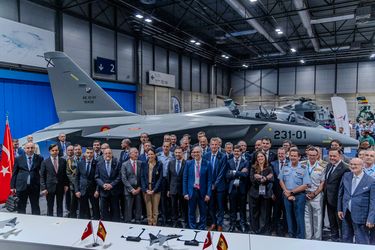
The Spanish Air and Space Force replaced the C-101 with the Pilatus PC-21 turboprop as its basic training aircraft in 2022. Meanwhile, Turkish Aerospace Industries' Hürjet has been chosen for advanced flight training for jets such as the Eurofighter and F-18. Airbus is leading a Spanish consortium with plans for local assembly of the Hürjet and the integration of Spanish systems into future batches. This collaboration was formalised with the signing of a Memorandum of Understanding during FEINDEF 2025, the International Defence and Security Exhibition, which took place in May 2025 in Madrid.
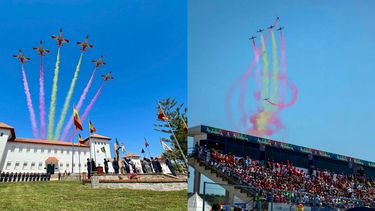
Latest Defence news
Continue Reading
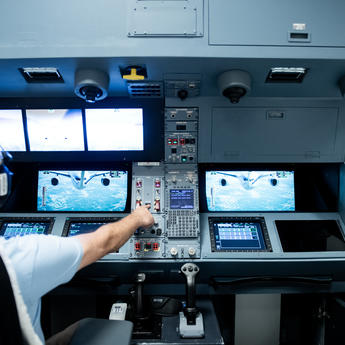
International Training Centre: 15 years training the world's best military crews
Web Story
Defence
The Airbus International Training Centre in Seville is the training centre for military aircraft crews -A400M, A330 MRTT, C295, CN235- and future platforms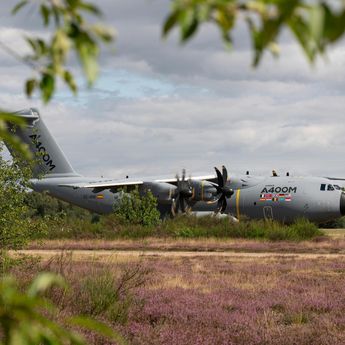
Airbus A400M: Landing where others can't to deliver more aid
Web Story
Defence

Combating information warfare: How Airbus is helping win the fight for the truth
Web Story
Defence
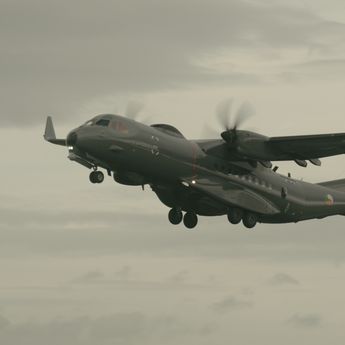
Airbus C295: How Ireland’s eyes in the skies help prevent illegal fishing
Web Story
Defence
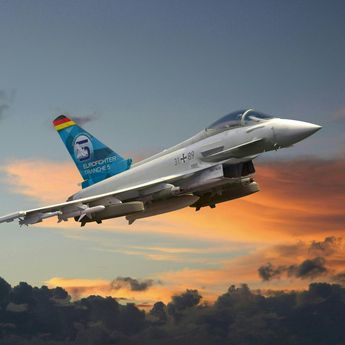
Germany orders 20 new Eurofighters to strengthen air superiority
Press Release
Defence
